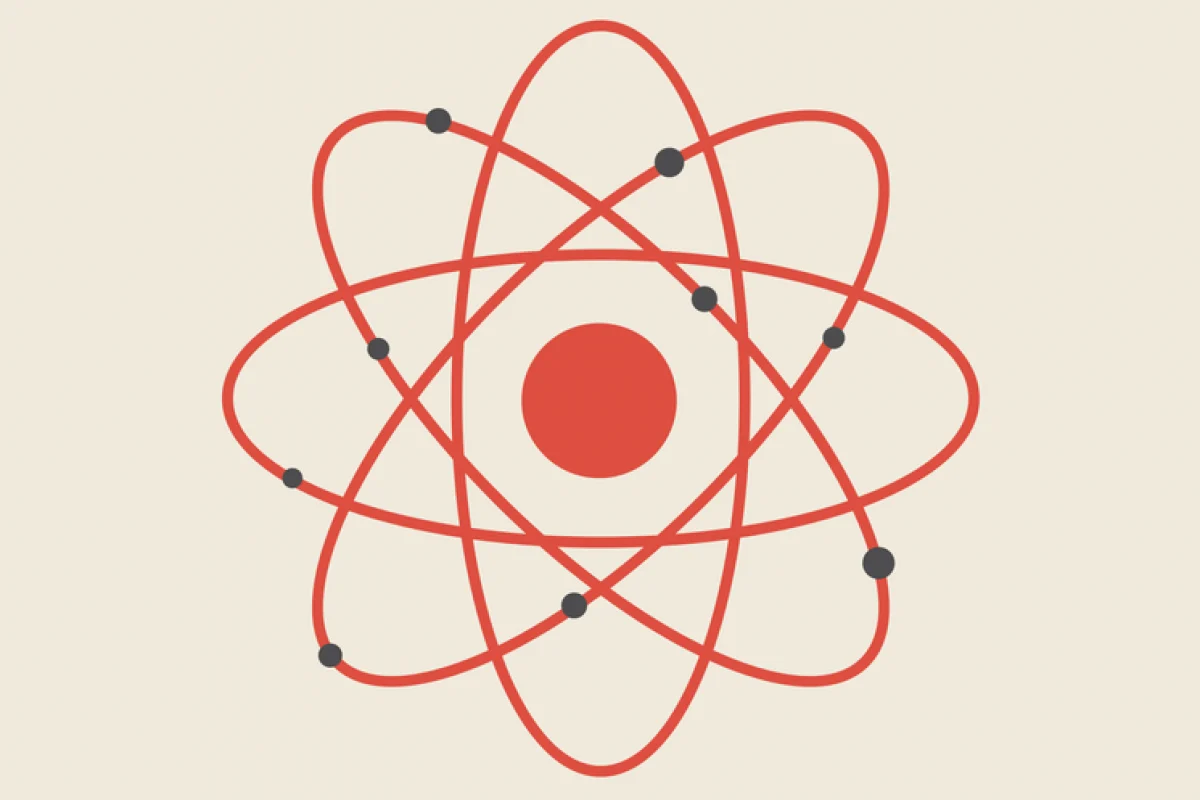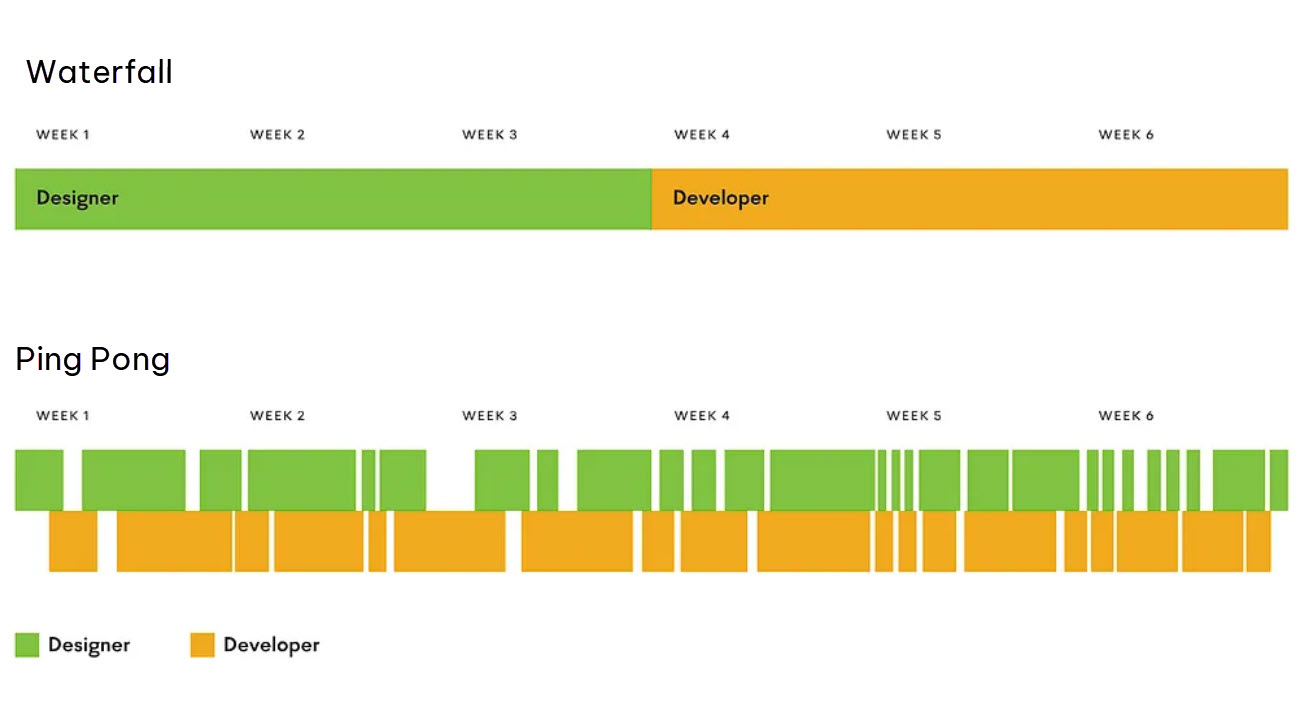When we’re in the throes of writing software, one can easily get caught up in the dance of creation.
It’s all too easy to change this, tweak that, add a function here, fix a bug there, all in one single, monolithic commit.
However, this method can make tracking changes difficult and cause headaches when debugging. That’s where the concept of Atomic Commits comes in, a simple idea with profound impact.
An atomic commit is one where a single logical change is made to a codebase and committed as such.
It’s as if each commit is an indivisible unit, an atom, that contains a single, complete thought.
An atomic commit could be a bug fix, a new feature, a refactoring, or even a simple text change.
The key is that each commit has one, and only one, purpose.
Why does an atomic commit matter?
It’s all about traceability and manageability. By grouping related changes together in one atomic commit, it becomes easier to understand the intention behind the changes.
If each commit has a clear purpose, it’s simpler to track what was done, by whom, and why.
This clarity is a lifesaver when tracking down bugs, understanding the history of a piece of code, or rolling back problematic changes.
Atomic commits make collaboration smoother.
Imagine a team where every developer is making wide-reaching, multifaceted commits.
It would be chaos!
But when each commit is atomic, merges are easier, conflicts are less common, and understanding your teammates’ work becomes a breeze.
Now, you might think that this will slow you down.
After all, isn’t it quicker to make all your changes at once?
In the short term, perhaps.
But I’ve always been a proponent of sustainable development practices.
Atomic commits, like Test-Driven Development (TDD) and refactoring, are practices that may seem slow at first, but pay dividends in the long run.
Using atomic commits requires discipline.
It means resisting the urge to fix that unrelated bug while you’re adding a new feature.
It means taking the time to split your changes into logical chunks, even if you’re in a hurry. But, as with so many good practices, this effort pays off.
In conclusion, atomic commits are like the narrative of a well-written novel.
Each chapter (commit) serves a distinct purpose in advancing the plot (code), making the whole much easier to understand and appreciate.
Embrace atomic commits, and you’ll not only be a better collaborator, but you’ll also save yourself time and headaches down the line.
Remember, software development isn’t just about writing code.
It’s about writing code that can be understood, managed, and built upon.
Atomic commits are a powerful tool in achieving that goal. So, let’s be atomic, not chaotic!







